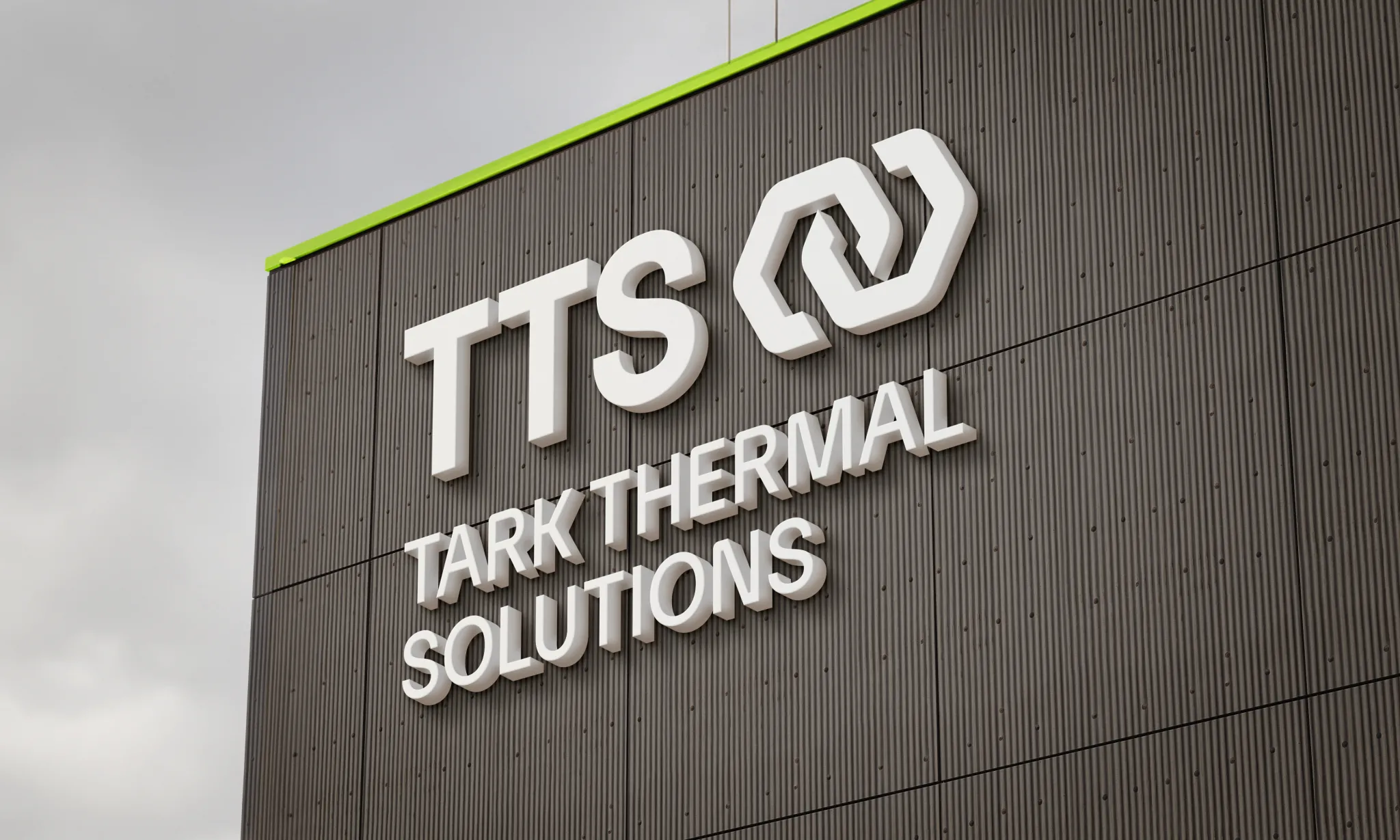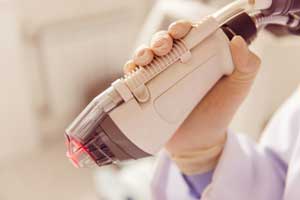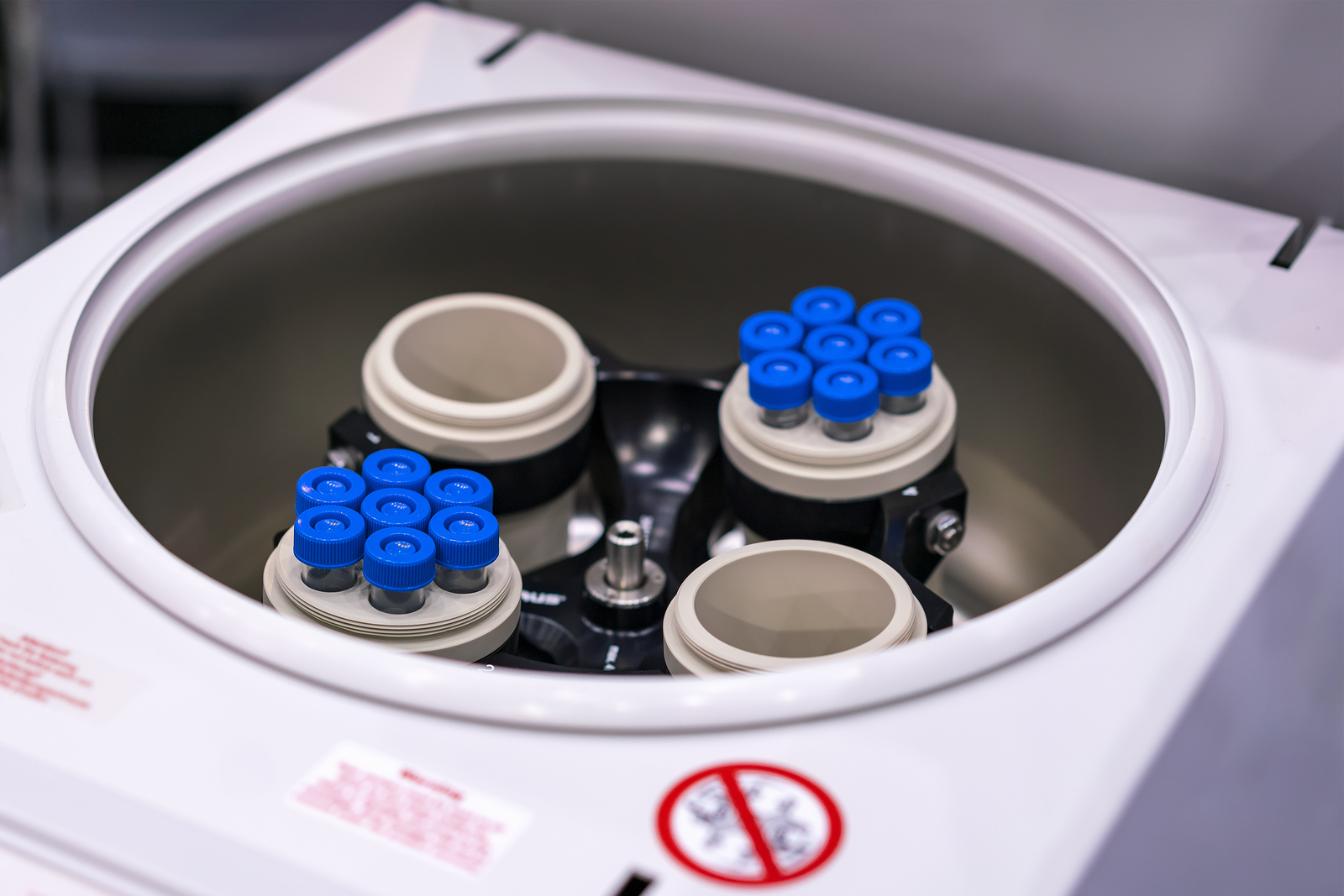Laird Thermal Systems Introduces Eco-Friendly EFC Chiller with Natural Refrigerant R-290
The EFC Recirculating Chiller uses natural R290 refrigerant to achieve a near-zero Global Warming Potential (GWP) with similar performance specs compared to traditional HFC cooling systems…


